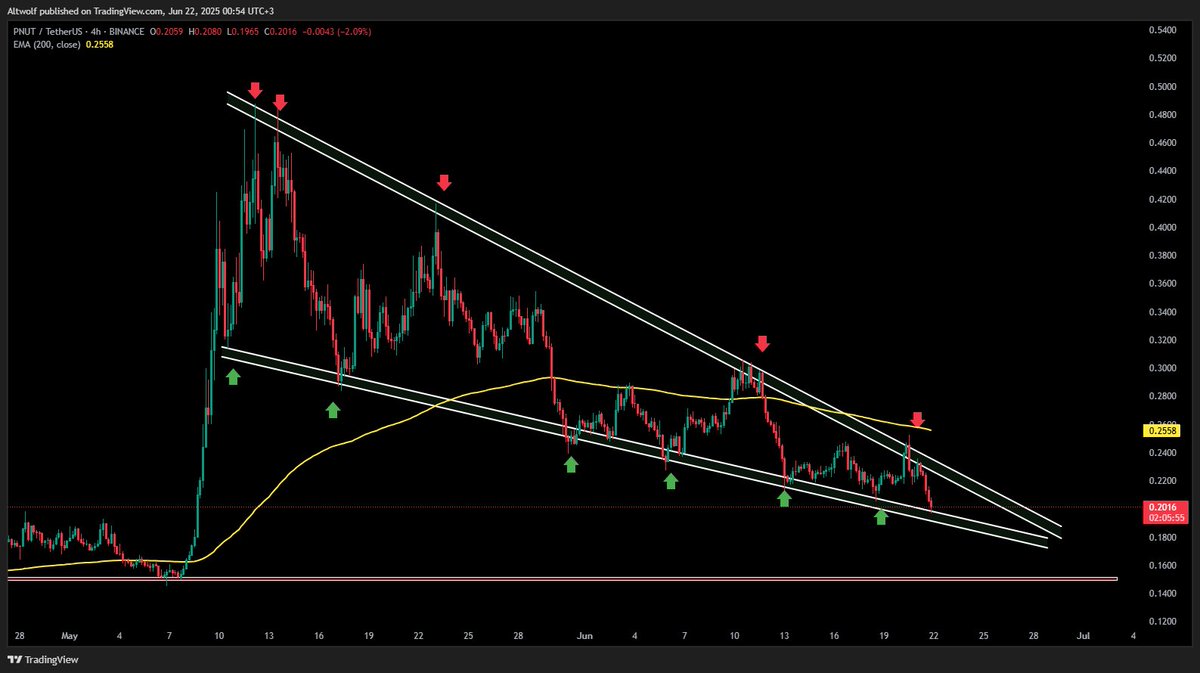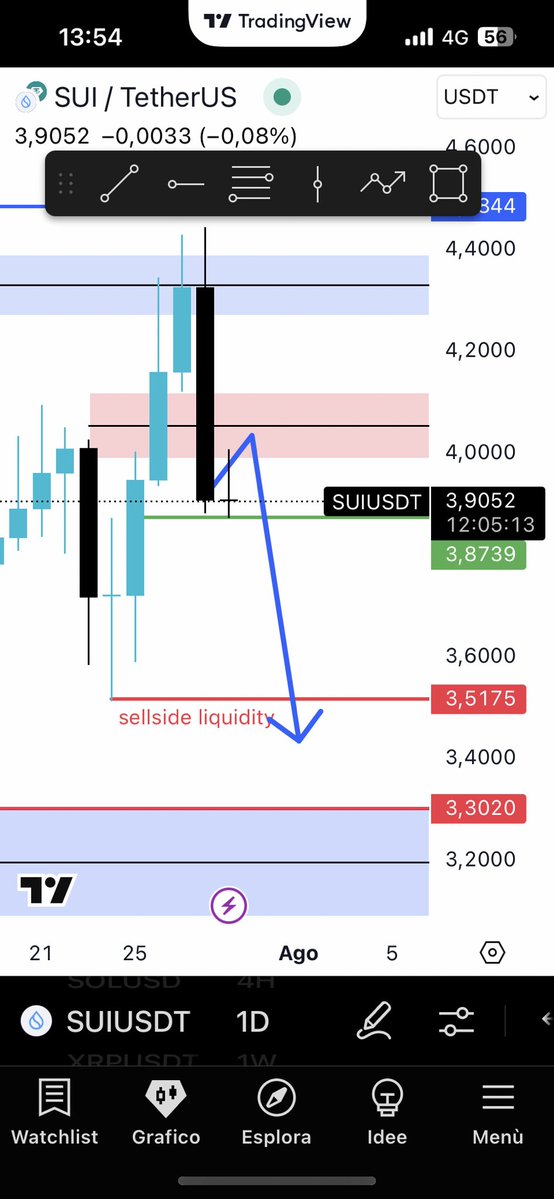The Art of Reading the Market
Imagine trying to navigate a bustling city without a map or GPS. You’d likely end up lost, frustrated, and missing out on the best sights. The same goes for the cryptocurrency market. With thousands of coins, countless exchanges, and prices fluctuating by the second, it’s easy to feel overwhelmed. This is where technical analysis comes in. It’s like having a map and compass in the wild world of crypto, helping traders make sense of the chaos and spot potential opportunities.
Technical analysis is the study of past market data, primarily price and volume, to forecast future price movements. It’s based on the idea that all known factors affecting a cryptocurrency’s price are already reflected in its price history. By identifying patterns and trends, traders can make informed decisions about when to buy, sell, or hold.
The Tools of the Trade
Technical analysts use a variety of tools and indicators to analyze the market. Here are a few key ones:
Charts and Patterns
Candlestick charts are a popular tool in technical analysis. They display the opening, closing, high, and low prices of a cryptocurrency over a specific period. By examining these charts, traders can identify patterns that may indicate future price movements. For example, a ‘head and shoulders’ pattern often signals a reversal in trend, while a ‘flag’ pattern suggests a continuation of the current trend.
Moving Averages
Moving averages smooth out price data to form a trend-following indicator. They help traders identify the direction of a trend and potential support and resistance levels. For instance, a 50-day moving average crossing above a 200-day moving average is often seen as a bullish signal.
Relative Strength Index (RSI)
The RSI is a momentum oscillator that measures the speed and change of price movements. It’s primarily used to identify overbought or oversold conditions. An RSI above 70 typically indicates that a cryptocurrency is overbought and may be due for a correction, while an RSI below 30 suggests it’s oversold and could be poised for a rally.
Bollinger Bands
Bollinger Bands consist of a simple moving average (SMA) and two standard deviations above and below it. These bands help traders understand the volatility of a cryptocurrency. When the price touches the upper band, it may be overbought, and when it touches the lower band, it may be oversold. This tool is particularly useful in volatile markets like cryptocurrency.
Fibonacci Retracement
Fibonacci Retracement levels are used to identify potential support and resistance levels. These levels are based on the Fibonacci sequence and are used to predict where the price might reverse after a trend. Traders often use these levels to set stop-loss orders or to identify entry and exit points.
The Human Element
While technical analysis provides valuable insights, it’s not foolproof. The cryptocurrency market is influenced by a multitude of factors, many of which are unpredictable. Moreover, technical analysis is subjective and open to interpretation. Different traders may look at the same chart and come to different conclusions.
This is where the human element comes in. Successful traders combine technical analysis with fundamental analysis (evaluating a cryptocurrency’s intrinsic value) and sentiment analysis (gauging market mood). They also stay updated on the latest news and trends, as these can significantly impact prices. For example, regulatory changes, technological advancements, or macroeconomic events can all influence the market.
The Role of Emotions
Emotions play a significant role in trading. Fear and greed are two of the most powerful emotions that can drive market movements. Fear can cause traders to sell off their assets, leading to a market downturn, while greed can lead to overbuying, causing a market bubble. Understanding and managing these emotions is crucial for successful trading.
The Importance of Risk Management
Risk management is another critical aspect of trading. It involves setting stop-loss orders, diversifying your portfolio, and not investing more than you can afford to lose. Technical analysis can help in setting these parameters, but the final decision lies with the trader.
The Power of Community
In the world of cryptocurrency, community is king. Many traders share their analyses, insights, and predictions on social media platforms like Twitter. This collective wisdom can be a powerful tool for individual traders. For instance, a trader might spot a potential opportunity in a cryptocurrency but lack the confidence to act on it. Seeing others share similar views can validate their analysis and boost their confidence.
Moreover, the crypto community is a great place to learn and grow. Many experienced traders share their knowledge freely, offering tips, strategies, and resources to help others improve their trading skills. For example, some traders offer live sessions to teach technical analysis, providing a hands-on learning experience.
The Impact of Influencers
Influencers in the crypto space can have a significant impact on market movements. A single tweet from a well-known influencer can cause a cryptocurrency’s price to surge or plummet. This is why it’s important to follow reputable sources and not rely solely on the opinions of influencers.
The Role of Forums and Groups
Forums and groups, such as Reddit’s r/cryptocurrency or Telegram groups, are also valuable resources. These platforms allow traders to discuss strategies, share news, and support each other. They can be particularly useful for new traders who are just starting out.
The Future of Technical Analysis
As the cryptocurrency market continues to evolve, so too will technical analysis. New tools and indicators are constantly being developed, offering traders more ways to analyze the market. For instance, some traders are now using machine learning algorithms to predict price movements, while others are exploring the use of sentiment analysis tools to gauge market mood.
The Rise of AI and Machine Learning
Artificial Intelligence (AI) and machine learning are increasingly being used in technical analysis. These technologies can analyze vast amounts of data and identify patterns that humans might miss. They can also adapt to changing market conditions, making them a powerful tool for traders.
The Use of Sentiment Analysis
Sentiment analysis involves gauging the market’s mood by analyzing social media posts, news articles, and other sources of information. This can provide valuable insights into market sentiment and help traders make more informed decisions.
Conclusion: The Path Forward
Technical analysis is a powerful tool for cryptocurrency traders, offering insights into market trends and potential opportunities. However, it’s not a crystal ball. Successful trading requires a combination of technical, fundamental, and sentiment analysis, as well as a good dose of intuition and risk management.
As you embark on your crypto trading journey, remember that learning is a continuous process. Stay curious, stay informed, and most importantly, stay humble. The market is always ready to teach us a lesson, and the best traders are those who are always willing to learn.
So, are you ready to dive into the world of technical analysis? The market awaits, and with the right tools and mindset, you too can navigate its twists and turns with confidence.











